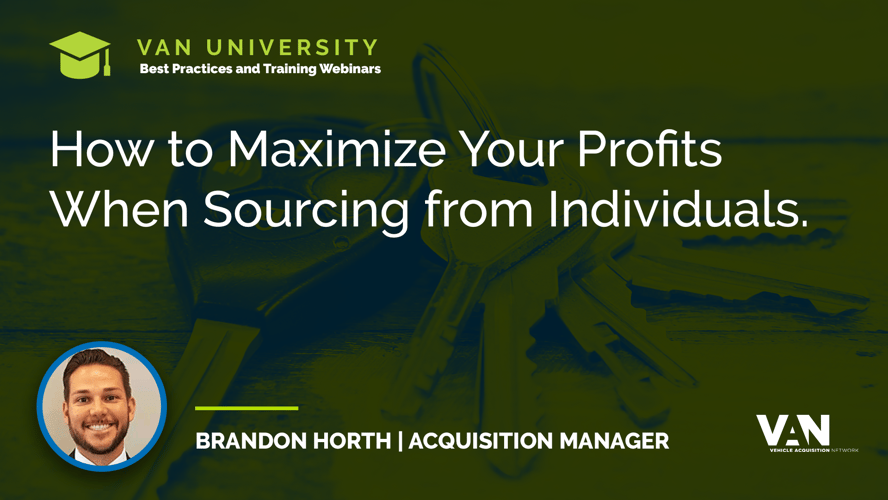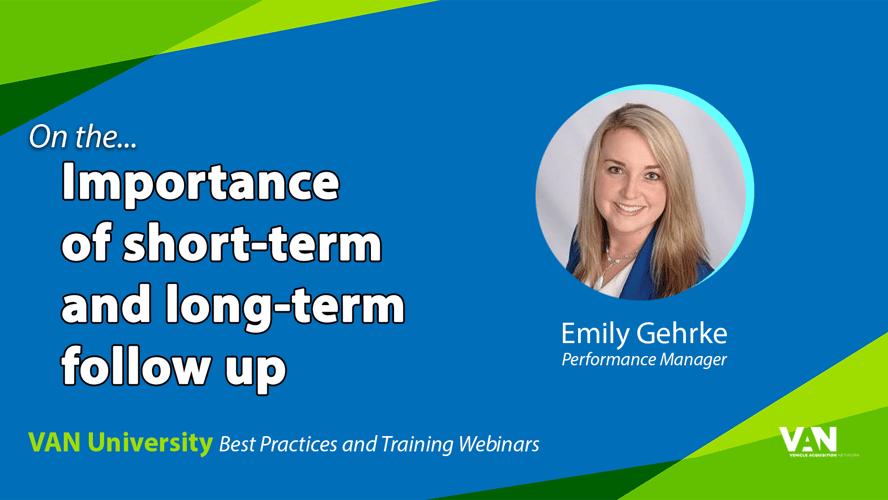Make the Highest Possible Profit from Private Party Acquisitions


Garry Clift, owner of Clift Buick/GMC in Adrian, MI, offers some helpful tips about profitability when it comes to legitimate vehicle acquisitions. Clift has over 40 years of experience owning dealerships.
At one point, he explains to VAN’s Co-Owner Tom Gregg, that he had appointed one person from his dealership, dedicated exclusively to the auction. “Our goal at the auction is usually two to three (acquisitions) a day. I bought ONE car there last month! We just weren’t finding that the auction was the place to be,” he says. “The prices were so ridiculously high.”
Success Breeds Profit
Clift says, “In March, we sold 65 of these private party cars we bought” through the VAN network. Those 65 vehicles resulted in generating $195,000 for his dealership. Gregg estimates that translates into a gross profit of over $3,000 per vehicle.
Clift says his dealership is “generally in the $2,500-$3,500 (per-vehicle profit margin range) with private party buying. He adds that trade-ins seem to “be in the same neighborhood.”
Although the dealership did lose money on maybe “10 or 15” cars, the amount lost per vehicle was minimal--“it was $500 or $200 or $300,” Clift says. “You’re never going to be 100 percent slam-dunk--I’m making money on every car!” He admits, March was a very good month.
Clift says he divides the acquisitions between three assistant buyers. “We don’t go after cars that are over 10 years old or with over 125,000 miles. But a lot of cars we find interest in are higher mileage cars.” Many have been driven “north of 50,000 miles,'' and “a lot have 70-80,000 miles. But we don’t seem to have any trouble turning them,” he says.
‘Grading’ Private Party Vehicles
“We’ve identified a group of (high-demand) vehicles we can buy all we can buy.” Trucks and minivans “are on fire now,” he says. “Right now, we’re using KBB’s Instant Cash Offer to collect data.” Collecting this data helps keep consistency of vehicle grading for reconditioning.
Drivers trained to understand simple, specific checkpoints (some are technicians) drive to the location of the private party vehicles, checking them for any possible physical or mechanical issues. These drivers use videos, take pictures of the car and FaceTime to communicate with the used car manager, so he/she doesn’t have to physically see every vehicle, since an estimated 95 percent of Clift’s acquisitions are remote.
Of the vehicles presented by VAN, “I think last month, we only walked away from three cars!” So, VAN is bringing Clift’s dealership quality resells. He says, “We’re trying to figure out the full potential for the market. Nobody has come and said, ‘You know what? There’s no more cars!’ We’ve always got more people to call.”




